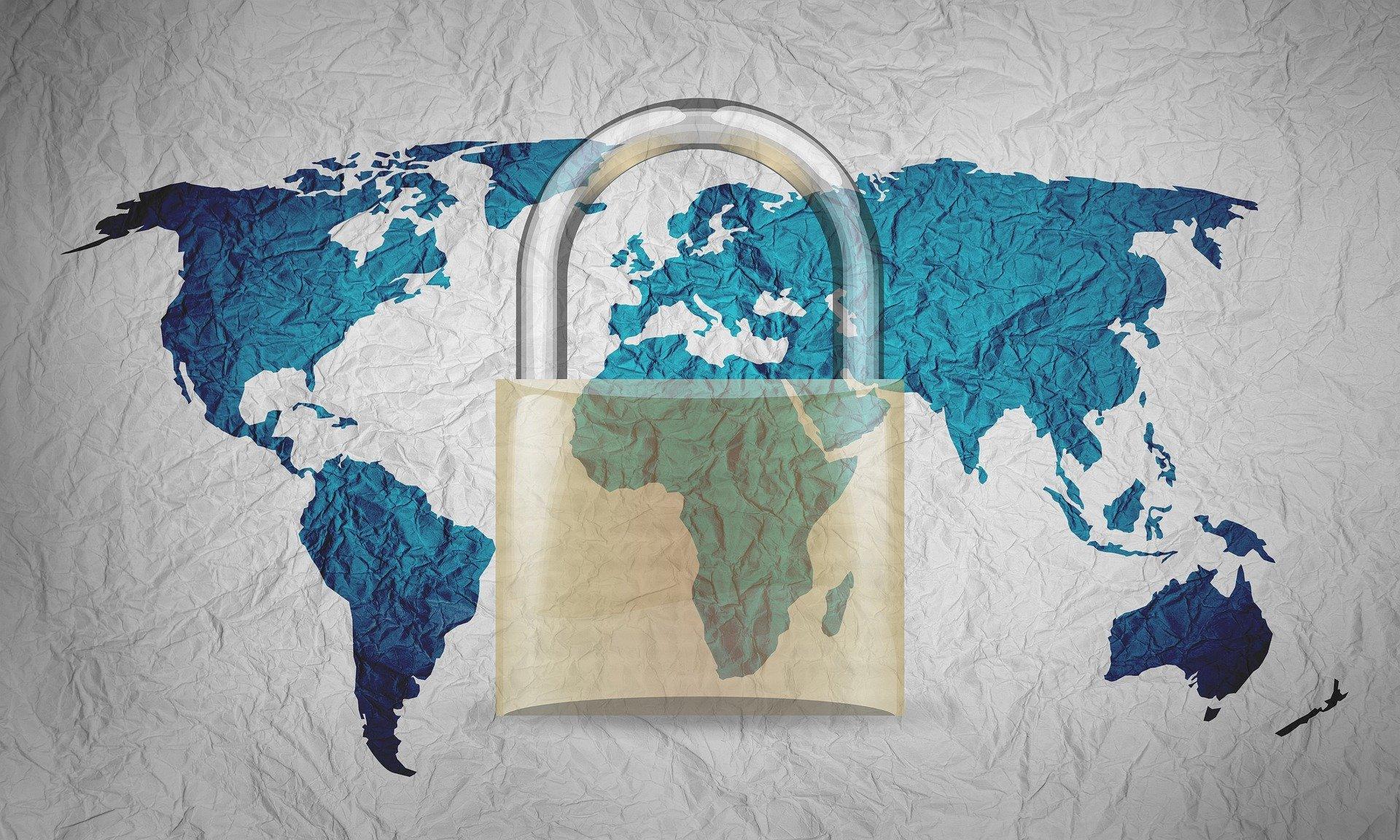
8 ways solopreneurs can protect themselves against cybercrime
Posted 28th September, 2022 by Sarah
When you run your own business, you’re not just the CEO. You’re the lead sales rep, marketing manager, head of customer services, accountant, and head of IT.
If your business isn’t related to the tech industries, the latter job title can be one of the most daunting to take on.
Some solopreneurs try to avoid the responsibilities of the role altogether.
However, even if you’re currently running your business from your kitchen table or your boxy back bedroom, you can still be a target for cybercriminals.
Recent reports suggest that small businesses are three times more likely to be targeted by cybercriminals than larger enterprises.
So with this in mind, we look at eight ways solopreneurs can secure their home working environment.
1. Use strong passwords
Strong passwords are long and contain a mixture of letters, numbers, symbols and upper and lowercase letters.
For example, Xt4Ij8£h19Tt&sSa2 would be a strong password.
Of course, the complicated nature of strong passwords also makes them hard to remember, which often puts people off using them.
However, if you use a password manager like LastPass, NordPass or Keeper, you won’t need to remember any of the strong passwords you choose, as they will remember them for you.
2. Never reuse passwords
If you use the same password for multiple accounts, a cybercriminal can intercept this password and use it to gain access to every one of them.
Yes, it’s a hassle coming up with a new password for every new account you open. However, with one million passwords being stolen every month, it’s an essential part of cyber hygiene.
3. Set up two-factor authentication
If you know you’re guilty of using weak passwords, you should think about using a two-factor authentication app to access accounts.
These apps add an extra layer of protection to the log-in process by asking you for two forms of proof that you are the account holder.
Top options include 2FA Authenticator, Google Authenticator, LastPass Authenticator, Microsoft Authenticator and Twilio Authy.
4. Encrypt sensitive files
If you need to send sensitive information or data, to a colleague, for example, you should get into the habit of encrypting your files.
You can encrypt a file in Microsoft by navigating to that file in your documents folder. Right-clicking on the file name. Scrolling down the menu to ‘Properties’, clicking on the ‘advanced’ tab, and clicking on the tick box next to the words ‘Encrypt contents to secure data’.
If you’re regularly sending sensitive files, you might want to think about getting a VPN, which allows you to share files over an encrypted connection. Top options include NordVPN, ProtonVPN and TunnelBear.
5. Use a webcam cover
Some viruses and malware can embed software onto your machine that records whatever a webcam sees.
Cybercriminals then use this material for everything from blackmail to identity theft.
It’s enough to just cover your webcam with tape, but you can also buy webcam covers. You can even buy branded ones.
6. Learn how to recognise a phishing scam
Phishing scams are rife. Stats suggest that as many as 3.4 billion phishing emails are sent out every day.
Phishing occurs when a cybercriminal contacts a person pretending to be a reputable company and requests personal information from them.
Today, some phishing emails can look fairly genuine.
Signs that an email is a phishing attempt and not a bona fide email include an email address that doesn’t match the company name or an email address in which the company name is misspelt, body copy that is poorly written or contains typos, and messages that include a sense of urgency or panic.
7. Don’t ignore updates
Software updates are irritating and usually require you to break off from what you’re doing to restart your computer.
However, cybercriminals can exploit vulnerabilities in software to carry out attacks, including planting malware on users’ computers.
8. Ensure your website is secure
If you have a business website, there are several ways to protect it.
The first is to buy an SSL certificate. These certificates encrypt any data that’s shared between web browsers and websites. This means that any data your customers enter into your website is protected from prying eyes.
At tsoHost, our SSL certificates start at £49.99 for a whole year.
Or, they’re included for free when you buy an annual WordPress Hosting plan – prices for which start at as little as £3.99 a month.
If you want even more security for your website, you can invest in a website security product like Sucuri.
With plans that start at just £4.99 a month, Sucuri comes with unlimited malware scanning, detection and removal, Google Blacklist monitoring and removal, and more.
Categories: Security, Small Businesses
